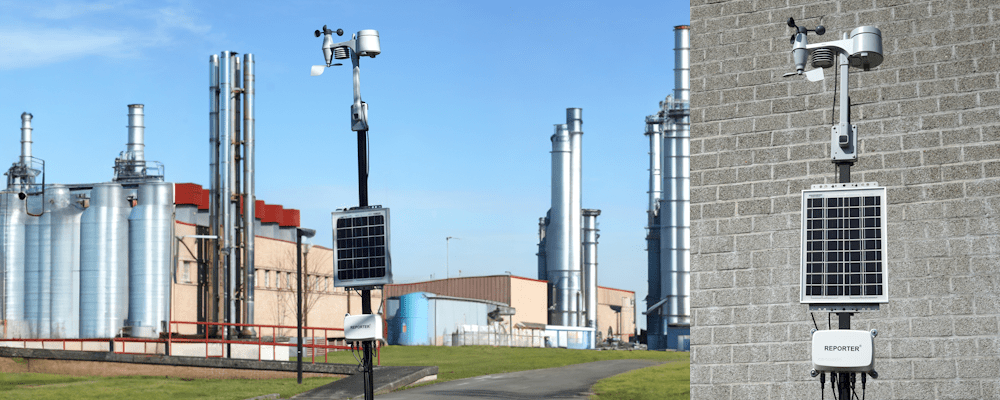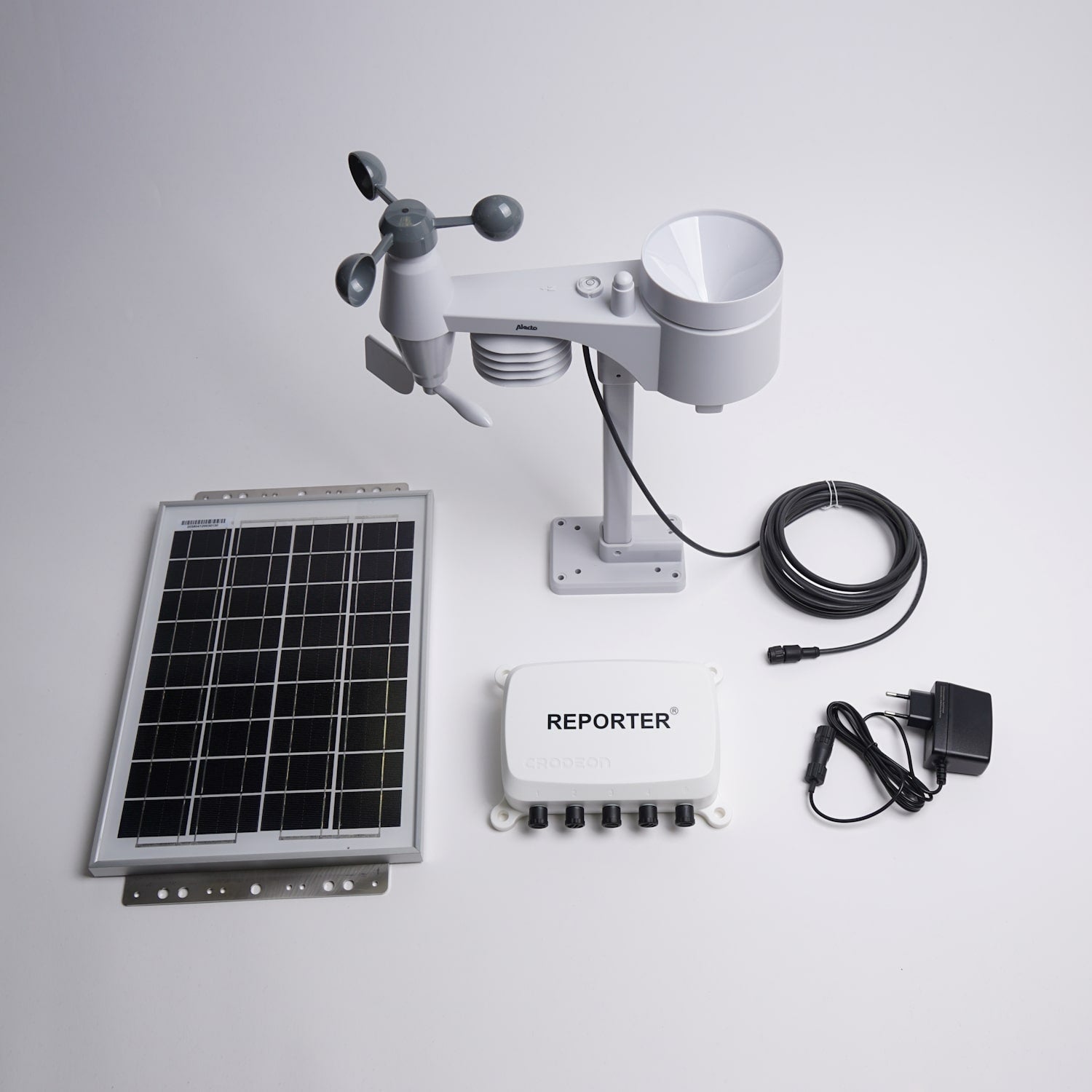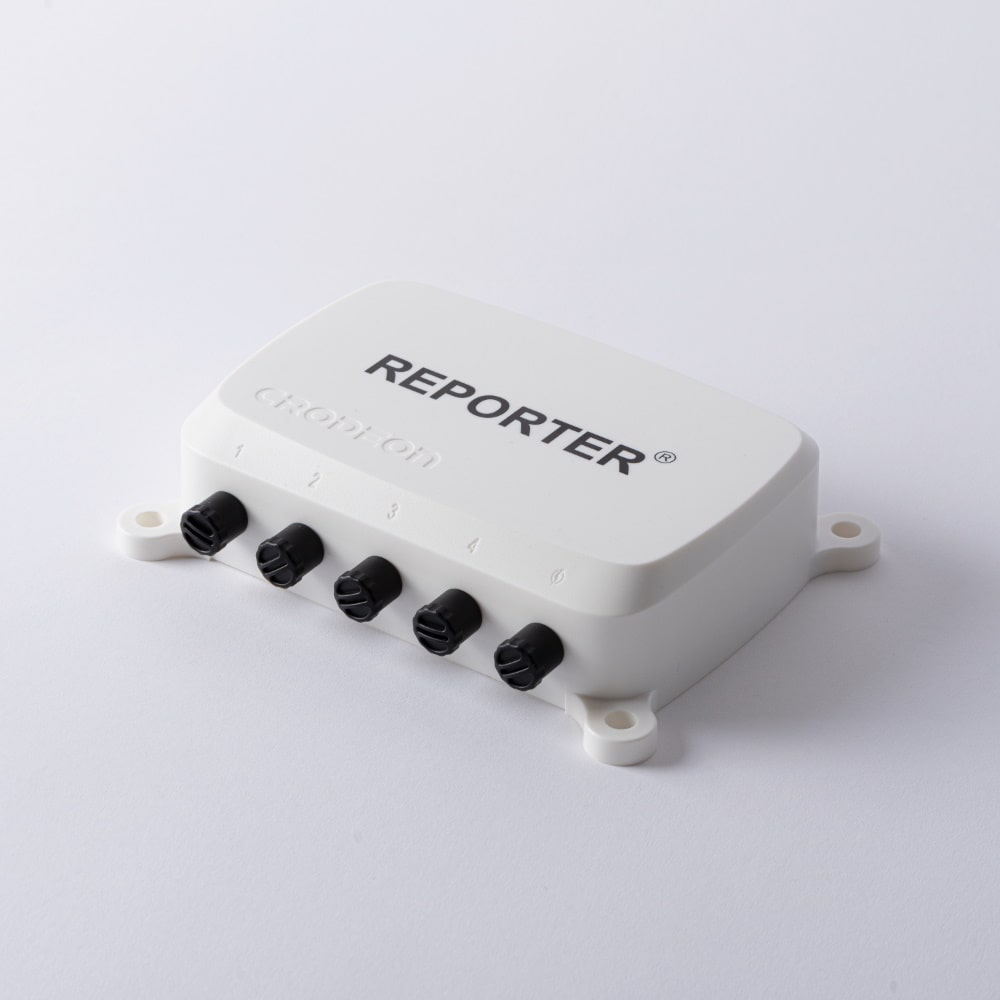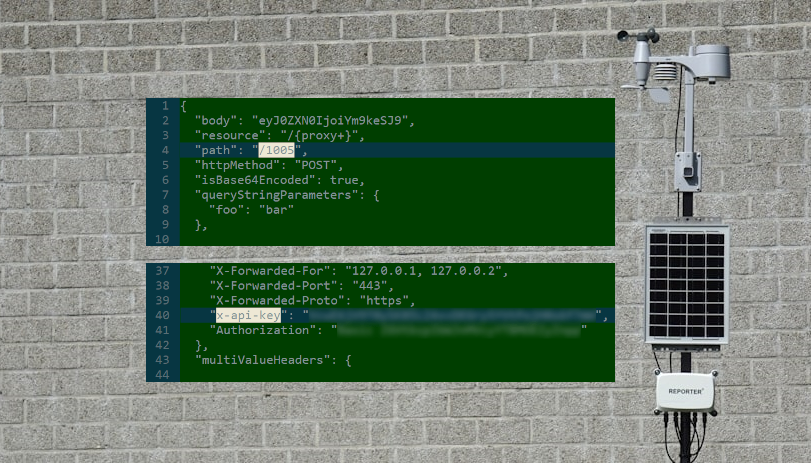Effective industrial odour monitoring

Odour and noise are inextricably linked to an industrial environment. Especially in food preparation, waste processing, or other industrial processes, industrial odour nuisance can occur.
In this blog we'll explain more about industrial odour nuisance and how to deal with it effectively.
Binapro: Master in odour neutralisation
We spoke to Jos Pastoors of Binapro from Cuijk (NL) regarding industrial odour monitoring. Binapro specialises in odour neutralisation: the prevention and elimination of smell pollution. To achieve this, they use all kinds of advanced techniques and tools to realise real-time odour control.
Binapro specialises in solving smell pollution in industrial environments such as:
- Waste processing plants
- Petrochemical plants
- Water purification plants
- (Plastic) recycling plants
- Slaughterhouses
- Composting plants
- Residential care
- Cement companies
- Asphalt companies
- Aluminium production sites
Redox reaction to eliminate smells
The company uses special technologies that convert or break down substances with a strong odour into another substance. This eliminates or reduces the corresponding unpleasant scents; a great solution to achieve real-time odour control.
"We add active agents to an odour emission. These active agents enter into a redox reaction with molecules of the odour emission, changing the odour. For example, we turn ammonia (NH3) into something else. As we change NH3, the odour property also changes, effectively breaking down ammonia. We use this technique in many different industrial environments."
30 Years of experience in odour neutralisation
This odour neutralisation technology has been around for more than 30 years and has now been installed at more than 3,500 active customers in more than 25 countries. Binapro has clearly and undoubtedly become Master in odour neutralisation.
"It is evident that we have broad expertise. Our solution is very unique and has a very good Return on Investment."

A weather station as odour monitoring equipment
When odour pollution has occurred, it is extremely important to be able to look back exactly where the nuisance came from and whether the complaint was justified. "A good weather station is important to be able to retrieve the weather conditions in complaints and assess/analyse the complaint on its merits," Binapro explains.
"Besides, a good weather sensor can be used to get a warning in advance when certain weather conditions occur. This allows for proactive odour emission assessment by companies or gives them the opportunity to temporarily adjust a production process."
Binapro uses the Crodeon professional weather station for industrial odour monitoring to measure weather conditions such as wind direction and wind speed at their customers' premises. This allows companies to take timely action if the odour-laden wind, for example, blows into a residential area and could cause a nuisance. That's real-time odour control at its best.
Electronic noses for odour monitoring
Electronic noses are often used for odour emission measurement to determine if the smell is causing an industrial odour nuisance. These devices can measure an odour similarly to how a human would perceive and experience that odour. Electronic noses are used to identify where an odour comes from but also, to assess whether an odour could cause an inconvenience in the surrounding area.
"We use electronic noses to monitor the area surrounding the industrial sites of our customers. This allows us to detect odour emissions early on and prove whether the smell originated with our customer or an adjacent company."
Crodeon weather station for industrial odour monitoring
The Crodeon professional weather station consists of the following: an all-in-one weather sensor, a solar panel and a plug-and-play sensor module called Reporter. The system is independent of WiFi as it uses cellular data, making it suitable for use almost anywhere. Binapro uses the system to monitor wind at several sites. We asked Jos Pastoors of Binapro what his experience was with our solution.
"We were looking for a weather station for a customer with real-time connectivity and an online portal with graphical visualisation of wind directions. This is how we ended up with the Crodeon weather station. Both we and our client are extremely satisfied with the user-friendliness of Reporter and the online environment."

Graphical visualisation on a user-friendly web application
Reporter's measurements are transmitted via the GSM network to our cloud platform: the Crodeon Dashboard. This user-friendly web application is accessible 24/7 to monitor all your weather measurements live. Historical data can easily be exported to Excel so you can accurately analyse what the weather conditions were on your property. This form of industrial odour monitoring simplifies complaint handling but also enables you to proactively limit nuisance.
In addition, the Crodeon Dashboard is also the place to be if you want to change Reporter settings. Change your measurement interval, set alarms or change how you receive your alarm notifications.
A weather station with API
As a company dealing with potential odour nuisance, it can be valuable to integrate the weather station's live measurements into your own software or dashboard. This allows you to have all of your data in one place. An easy way to achieve this is by making use of the Crodeon API.
Are you looking for a weather station for real-time odour control?
Are you still looking for a way to solve and map odour nuisance at your company? A solar-powered weather station might be the perfect solution! Be sure to contact us for more information about the Crodeon weather station. Binapro is happy to help you regarding the neutralisation of odours.
FAQ regarding industrial odour nuisance
What is odour nuisance?
When a process releases a strong odour that can impact the environment, we speak of odour nuisance. Even if this odour does not stink, it can still be perceived as a nuisance because of its intensity.
Take a factory that bakes bread or makes rice cakes for example, it does not produce 'foul' odours, but it can still cause a nuisance in the environment. Industrial odour nuisance can cause many problems, for both the factory itself and the surrounding area.
Stench pollution, on the other hand, specifies the nuisance of a very foul odour.
How is odour nuisance determined?
Odour pollution is very subjective and is perceived differently by many people. It is therefore important to measure odour nuisance as objectively as possible. Jos explains how this is done:
"Independent measurements are taken by the government. This is usually done by organisations that are credited by the government to be allowed to perform these kinds of measurements. The measurements are carried out hedonically at an independent odour panel. The value from the independent hedonic odour study determines the permitted odour emission in the odour circle around the company." - Binapro
Why should odour pollution be solved?
Nuisance caused by odour can have negative consequences for not only the company itself, but also the surrounding area and nearby residents. We asked Jos to explain a bit more about this.
The company:"To obtain an environmental licence, a company must meet a number of legal standards. This implies that a maximum number of odour units must be met within a fixed odour circle around a company. A company is allowed to exceed this on a percentile basis a few times a year. But if this happens more often, the government can impose penalties in the form of fines, temporary closure or total closure."
The environment: For local residents, constant odour pollution can contribute to a greatly reduced residential enjoyment. For people who are very sensitive to strong odours, it can even lead to physical complaints. The company's neighbours may file complaints, which again jeopardises the company's ability to operate and makes applying for new licences more difficult.
"There are situations where an odour emission does not cause a nuisance to local residents, but the odour emission does have an impact on nature. This implies that the company causing the odour emission must take measures to further protect nature."
It is vital for all parties, therefore, that nuisances are detected and addressed correctly.
Why is a weather station important for a factory site?
At a factory site, odours can be released during production processes. In addition, machines can cause a lot of noise. When something goes wrong at the factory, odour and noise can be too much of a nuisance for local residents. By measuring and monitoring wind conditions as a factory, you can better assess the impact of smell pollution on the surrounding area.
Can a weather station help detect odour nuisance from a factory?
At large industrial sites, it is sometimes difficult to identify the cause of the nuisance. Knowing which direction the wind has been blowing can sometimes make it easier to trace the source.
How can you solve odour pollution from a factory?
Odour nuisance from a factory can be remedied by: closely monitoring whether the right processes are being followed, installing odour neutralisation, installing electronic noses and taking wind measurements in case something does go wrong.













